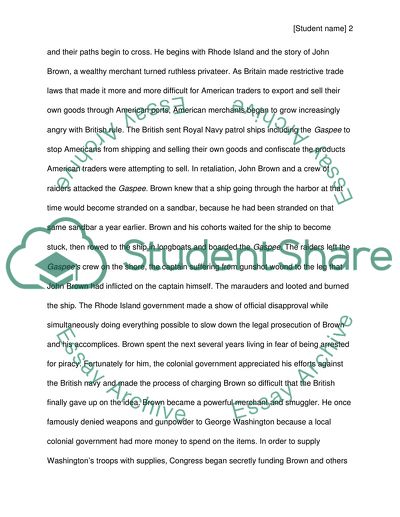Cite this document
(The American Revolution and Privateers Book Report/Review - 1, n.d.)
The American Revolution and Privateers Book Report/Review - 1. Retrieved from https://studentshare.org/history/1749962-the-american-revolution
The American Revolution and Privateers Book Report/Review - 1. Retrieved from https://studentshare.org/history/1749962-the-american-revolution
(The American Revolution and Privateers Book Report/Review - 1)
The American Revolution and Privateers Book Report/Review - 1. https://studentshare.org/history/1749962-the-american-revolution.
The American Revolution and Privateers Book Report/Review - 1. https://studentshare.org/history/1749962-the-american-revolution.
“The American Revolution and Privateers Book Report/Review - 1”, n.d. https://studentshare.org/history/1749962-the-american-revolution.


